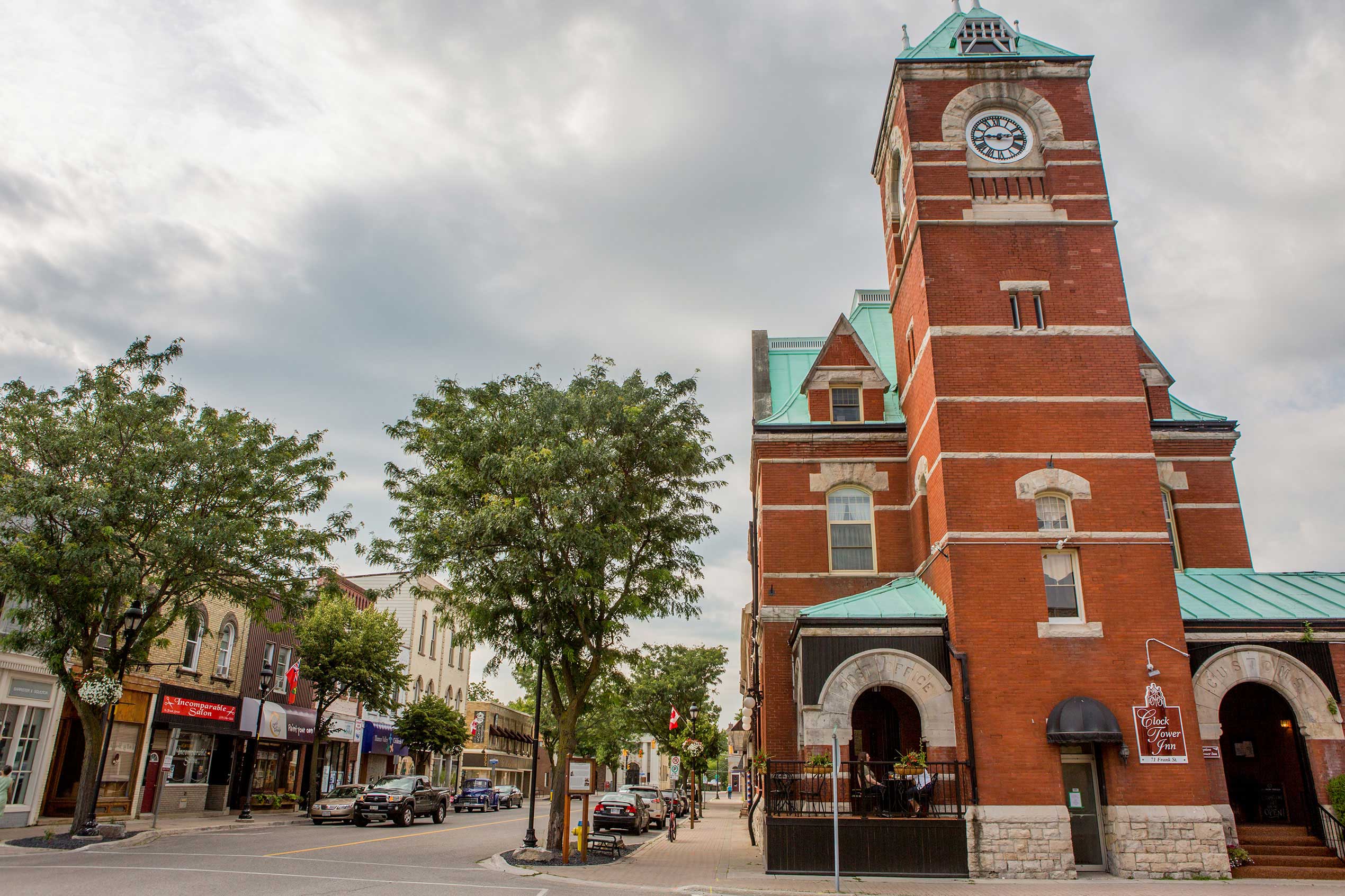By sharing knowledge and expertise, five communities in southwest Ontario have increased their capacity to manage community assets effectively.
“I call it the coalition of the willing,” says Rick Charlebois, Chief Administrative Officer and Treasurer of the Town of Petrolia. “Through collaboration, each one of us has accomplished more than we ever could have working on our own.”
Along with Petrolia, the partners include the Municipality of Brooke-Alvinston, Warwick Township, the Municipality of Southwest Middlesex and the Municipality of Strathroy-Caradoc. Although located in various counties, and with populations ranging from less than 2,500 to more than 20,000, the communities share a common challenge: ensuring that local infrastructure continues to support essential services such as drinking water, sewage treatment, waste collection and road maintenance.
During the first part of his career, Rick Charlebois was an accountant with the Department of National Defence, where he tracked projects that ran for decades and cost hundreds of millions of dollars. When he moved to his current job in 2013, he learned that Petrolia followed a dramatically different approach to financial planning.
“Like most small municipalities, Petrolia planned each year’s budget as the year went along,” Charlebois says. “Revenues were spent on immediate needs, such as fixing a broken water main. Rather than set aside money to replace aging infrastructure, we had to focus on the current crisis.”
When Ontario enacted legislation requiring municipalities to plan more effectively in 2017 (Ontario Regulation 588/17), Rick Charlebois invited his peers in the region to collaborate.

“When it comes to asset management, there’s strength in numbers,” says Bill Dakin, Strathroy-Caradoc’s Director of Finance and Treasurer. “Each member of the coalition has strengths and weaknesses. We’re strong on the financial planning side, for instance, but needed help with analyzing levels of service and infrastructure life cycles.”
During an October 2018 workshop, each municipality described the progress it had made on asset management, identified gaps and indicated how it could help other partners. Petrolia, for instance, had developed a financial management model tailored to the unique needs of small Ontario municipalities, and now shares it through the coalition.
“There are many aspects to asset management,” says Bill Dakin. “A municipality has to set priorities for the short and long terms, for instance. You also need good communication to ensure a shared understanding among elected officials, municipal staff and ratepayers.”
All of the partner municipalities credit the coalition for helping them make progress on the asset management journey. And all received funding support from the Federation of Canadian Municipalities’ Municipal Asset Management Program.
“Our mayor likes to say that we’ve gone from a six-month planning horizon to a 10-year planning horizon,” says Rick Charlebois.
“Life’s all about partnerships,” says Bill Dakin. “Sharing expertise can only make us stronger.”
Contacts
William (Bill) Dakin
Director of Finance/Treasurer
Municipality of Strathroy-Caradoc
Email: bdakin@strathroy-caradoc.ca
Phone Number: 519-245-1105 ext 253
Rick Charlebois
Chief Administrative Office/Treasurer
Town of Petrolia, Ontario
Email: rcharlebois@petrolia.ca
Phone Number: 519-882-2350
Participant organization details
- Town of Petrolia, ON
- Population: 5,528
- Project duration: 12 months
- Grant amount: 50,000.00
- Village of Brooke-Alvinston, ON
- Population: 2,548
- Project duration: 11 months
- Grant amount: 50,000.00
- Township of Warwick, ON
- Population: 3,717
- Project duration: 11 months
- Grant amount: 50,000.00
- Municipality of Southwest Middlesex, ON
- Population: 5,860
- Project duration: 11.5 months
- Grant amount: 50,000.00
- Township of Strathroy-Caradoc, ON
- Population: 20,978
- Project duration: 10 months
- Grant amount: 42,940.00
Additional resources
- Town of Petrolia’s Strategic Asset Management Policy, available on their website
- The Town of Petrolia is producing a Long Term Financial Plan Excel template with a User’s Guide, funded by MAMP, which they will be providing to MAMP with their final report in September.
